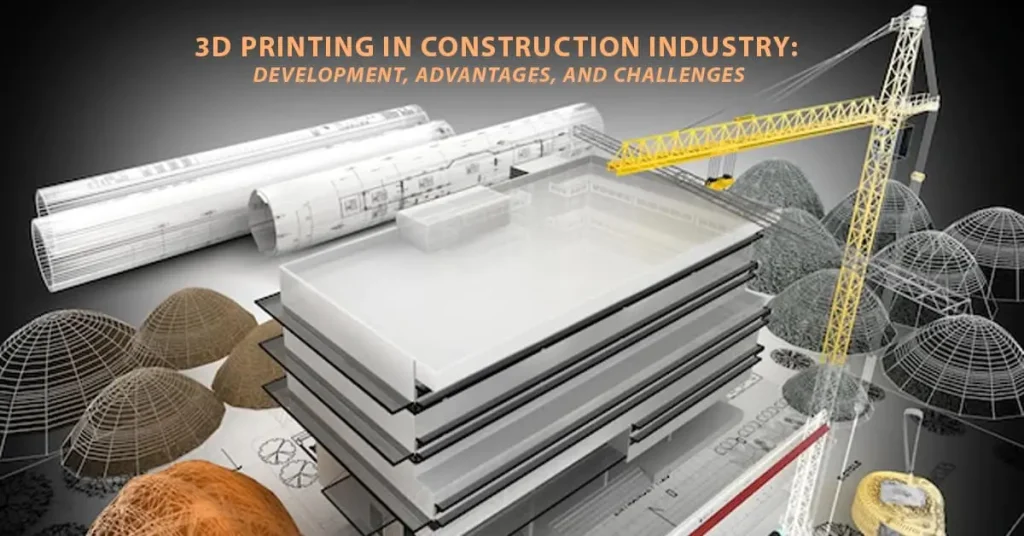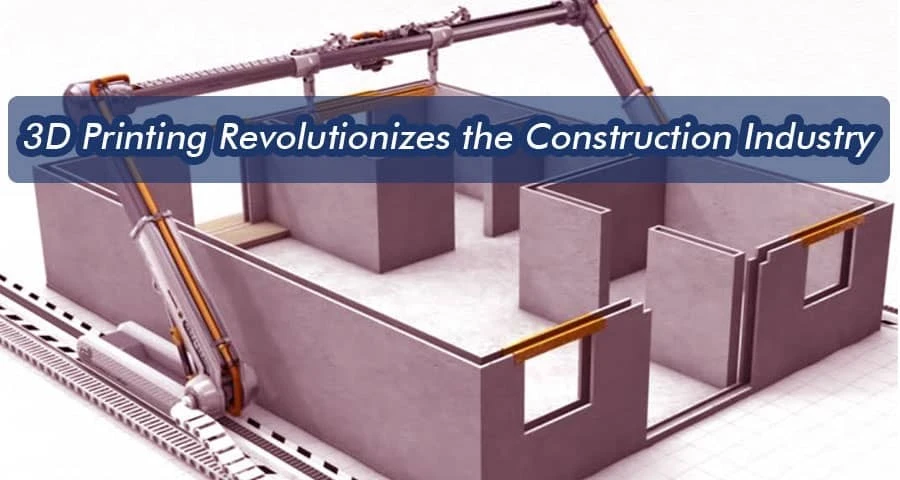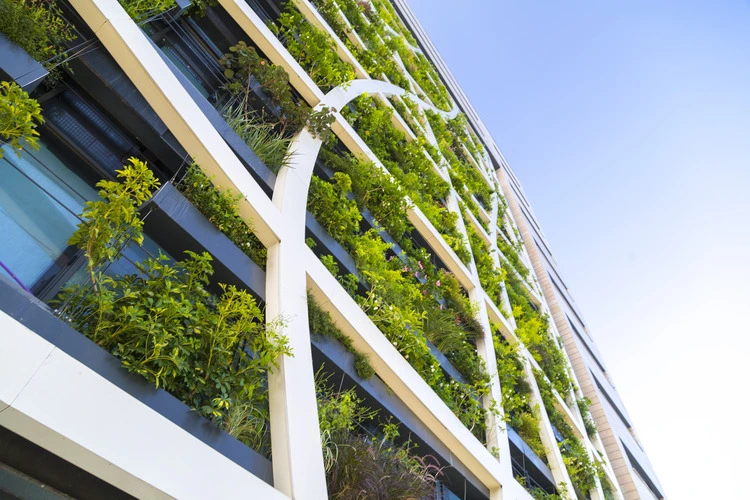

3D printing allows architects and designers unprecedented freedom in creating complex and innovative designs that were once considered challenging or impossible to achieve with conventional methods. The technology enables the construction of unique shapes and structures that go beyond the limitations of traditional building techniques. This design flexibility opens up new possibilities for architects, empowering them to push the boundaries of creativity and deliver projects that stand out.
As sustainability becomes a central focus in the construction industry, 3D printing emerges as an eco-friendly alternative. Traditional construction processes often generate significant waste, consume vast amounts of resources, and contribute to environmental degradation. 3D printing, on the other hand, minimizes material wastage and can utilize sustainable materials, contributing to a greener and more environmentally responsible construction approach.

Traditional construction projects are renowned for their extended timelines, causing delays and budget overruns. 3D printing addresses this challenge by rapidly constructing structures layer by layer. This speed of construction is particularly advantageous in emergency situations, such as disaster relief or housing shortages, where quick and efficient building solutions are crucial.
Beyond traditional building construction, 3D printing finds applications in various sectors, including infrastructure development, creating bridges, and even constructing entire houses. The ability to print components on-site reduces transportation costs and logistical complexities, making it a viable option for remote or challenging locations.
The integration of 3D printing into the construction industry is transforming the way we build and design structures. With its efficiency, cost-effectiveness, design flexibility, sustainability, and innovative applications, 3D printing is proving to be a revolutionary force in the construction sector. As the technology continues to advance, we can expect even more groundbreaking developments that will redefine the future of construction, offering exciting possibilities for architects, builders, and the communities they serve.
WhatsApp us